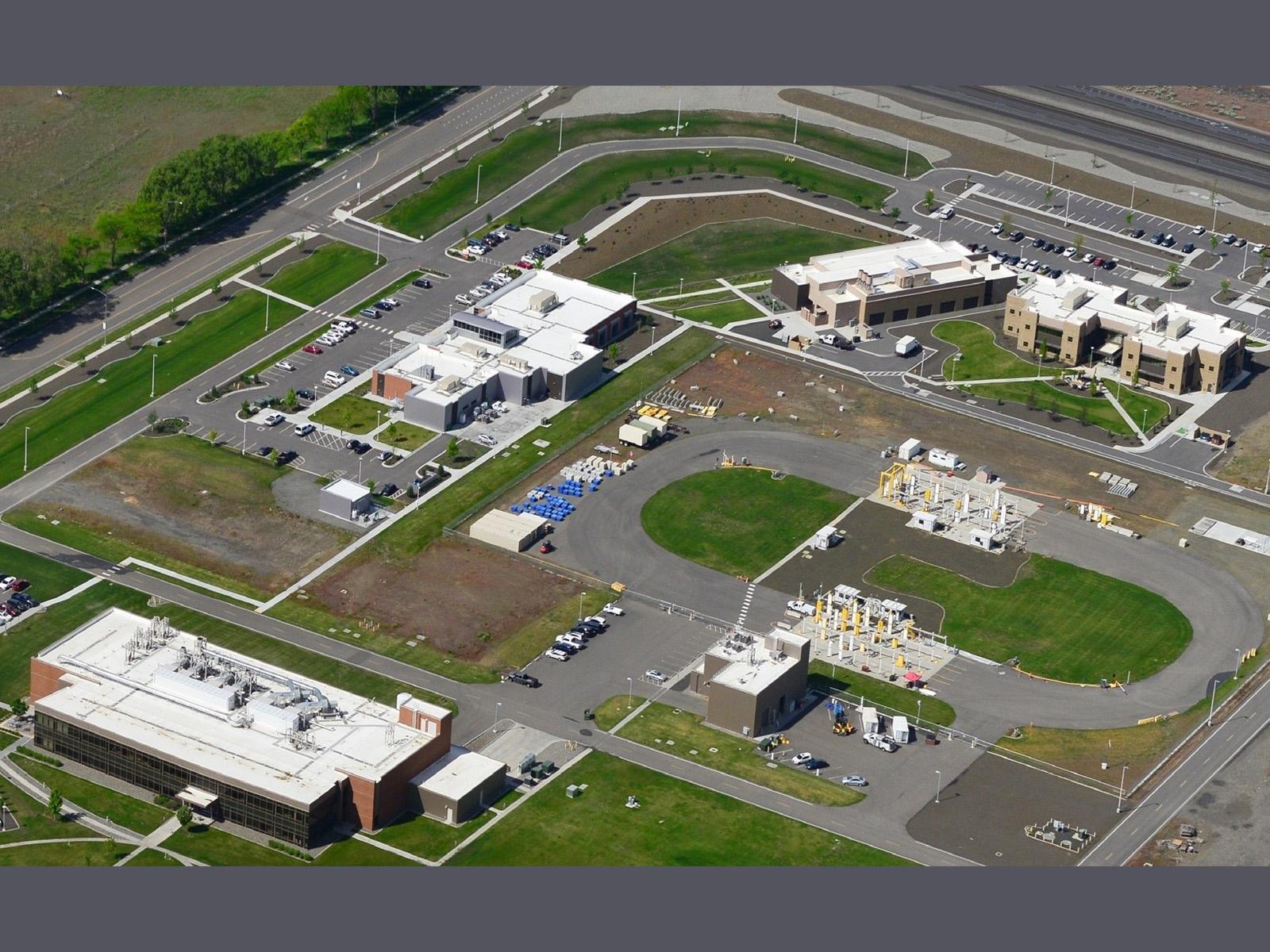Interdiction Technology and Integration Laboratory

The Interdiction Technology and Integration Laboratory (ITIL) at Pacific Northwest National Laboratory (PNNL) is a large-scale, indoor-outdoor test and research facility that is flexible and expandable. The ITIL capabilities allow replication of realistic field conditions at U.S. and foreign ports of entry and military bases for system development and performance testing. The facility houses radiation portal monitors and other radiation interdiction technologies along with the necessary supporting systems to contribute to U.S. radiation interdiction strategies across multiple agencies. ITIL is a highly specialized facility that, when combined with the deep experience and scientific background of staff from PNNL, becomes a leader in applied nuclear science and national security.
Technology Testing Capabilities
The ITIL is the world’s most comprehensive testing and evaluation laboratory for border threat detection technology. Laboratory testing, technology, and scientific capabilities include:
- Access to state-of-the-art test equipment, advanced data recording and storage, and on-the-fly analysis capabilities
- An expansive set of radioactive sources—special nuclear materials, industrial sources, medical isotopes, and naturally occurring radioactive materials
- Full suite of heavy support equipment, including forklifts, aerial lifts, source shuttles, and utility vehicles
- Support equipment, including a programmable linear motion sources shuttle, pop-up source cabinets, automated and robotic detector interface, and data readout systems
- Technically trained staff with thorough system knowledge in test and field conditions
- Complete staff support, from crafts and radiological safety to safeguards and security personnel
- Two large indoor high bays allow for simultaneous large-scale tests and evaluations of multiple smaller instruments, like handheld radiation detectors or mobile detection systems
Basic Infrastructure and Equipment
PNNL’s ITIL has resources to support technology maturation, readiness assessments, pre-deployment stress testing, and operational testing. The facility can realistically simulate field conditions for screening vehicles, cargo, pedestrians, and baggage. The test track includes three traffic lanes in each of two multi-lane test areas and can use up to 20 system stations simultaneously for advanced testing of new systems. Power and data communication are provided throughout the test area. Ancillary equipment includes lane cameras, gate arms, traffic control lights, and weather monitoring stations. Work at the test track also supports troubleshooting, maintaining, and enhancing the ongoing performance of deployed configurations. This approach is vitally important to make sure new systems perform as expected after enhancements or new installations in the field.
Experienced and Trained Staff
PNNL has more than 50 years of experience in nuclear science and radiation detection technology development. ITIL staff are experts in nuclear physics, radiological engineering, test engineering, operations, and field deployment of radiation detection systems. These staff are specially trained on tools, procedures, and processes that improve testing competence, efficiency, and the speed of execution that can only be found at ITIL.
ITIL of the Future
The ITIL was developed in consultation with leading experts and by partnering with important collaborators. The laboratory is configured using interdiction techniques and technologies that have been tested around the world in thousands of applications. PNNL can support the development and testing of next-generation instruments and techniques, ranging from radiation/X-ray imaging to chem/bio, for advanced monitoring and increased global security.